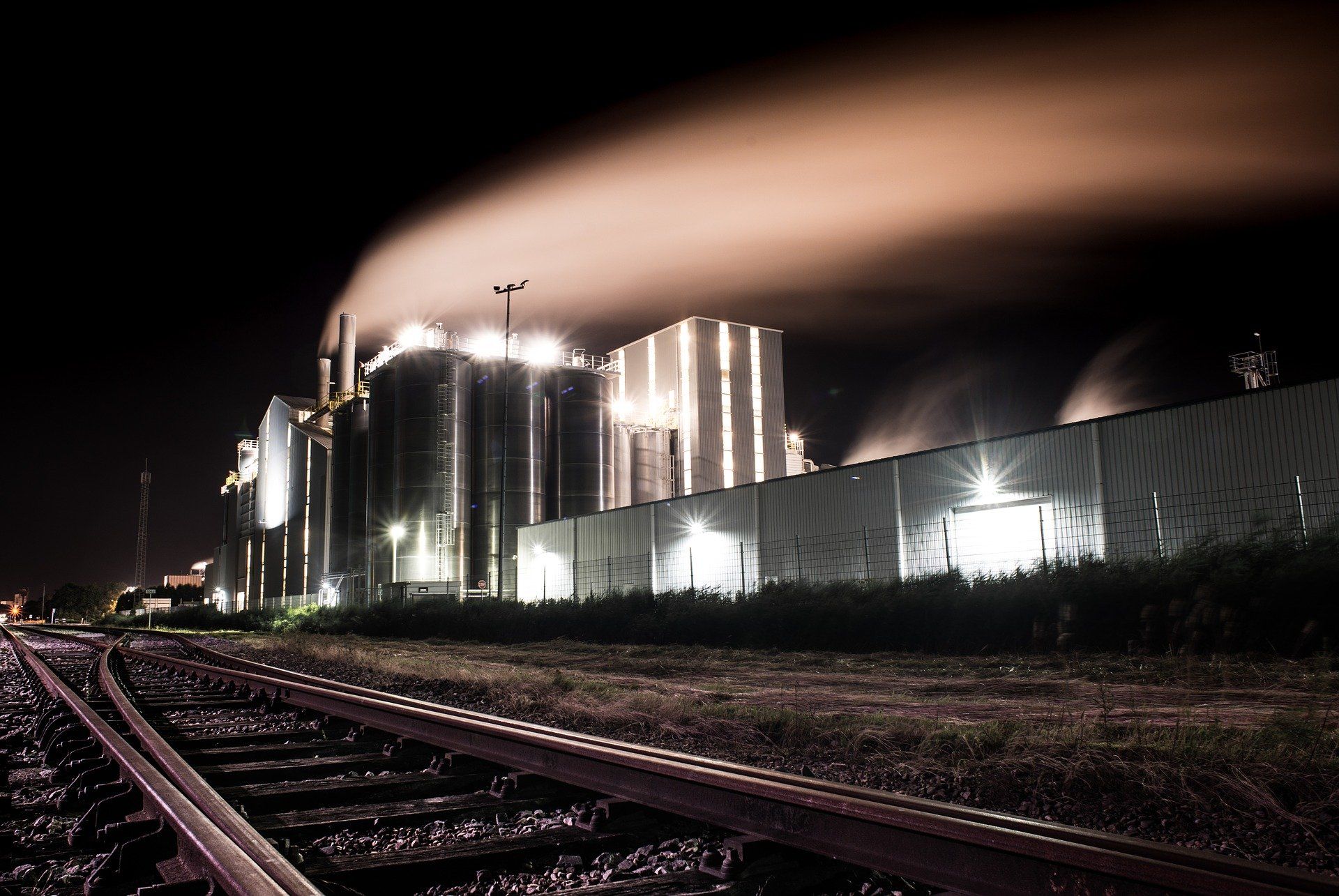While every chemist knows that everything (even happiness) is made of chemicals, few chemists know how many industrial chemical products exist…until today.
This is because a team of international scientists have analysed 22 different chemical inventories from 19 diverse countries and regions to compile an extensive list of all the chemical products in the world.
“We broadened our scope to take in the global market - and we're now presenting a first comprehensive overview of all chemicals available worldwide,” says Zhanyun Wang, the study’s lead author who is Senior Scientist at the Department of Civil, Environmental and Geomatic Engineering at ETH Zurich.
While the result only gives a general overview, it concludes that there are more than 350,000 different chemical products currently registered; a figure that is three times more than previous estimates.
This is largely due to how much has changed since the last global inventory was attempted.
As the online scientific journal Phys.org acknowledges, “The last time a list was compiled of all the chemicals available on the market and in circulation worldwide, it ran to 100,000 entries. Drawn up shortly after the turn of the millennium, the list focused on markets in the US, Canada and western Europe, which made sense because 20 years ago, these countries accounted for more than two thirds of worldwide chemical sales.”
Since then, globalisation and the rise of the Asian Tiger economies has turned the chemical industry on its head.

Western economies now participate in just a third of the global chemical industry trade, whereas “China alone accounts for 37 percent of turnover.”
The chemical industry has also more than doubled its sales since the last global analysis, the study valuing the 2017 chemicals market at €3.4 billion.
Additionally, the range of chemical products has also changed greatly.
“The chemical diversity we know now is three times greater than 20 years ago,” says Wang. Although he is quick to add that this is in part due to the expansion in the number of chemical registers being maintained.
The study, ‘Toward a Global Understanding of Chemical Pollution: A First Comprehensive Analysis of National and Regional Chemical Inventories’, has now been published in the journal Environmental Science and Technology, where the research team were surprised to note how much information was missing from the various registers. Stating that, “A noteworthy finding is that the identities of many chemicals remain publicly unknown because they are claimed as confidential (over 50 000) or ambiguously described (up to 70 000).”
While Wang believes the lack of information is understandable given the growth in chemical production in emerging economies, however, it also gives him cause for concern.
“Our new list includes many chemicals that are registered in developing and transition countries, which are often with limited oversight,” he said. “Only the manufacturers know what they are and how dangerous or toxic they are. That leaves you with an uneasy feeling - like a meal where you're told that it's well cooked, but not what it contains.”
To maintain chemical safety standards, as well as to facilitate chemical trade, Wang believes that the number and depth of chemical registers needs to expand. Only by fully sharing knowledge and raw material characteristics can the global chemical market safely meet expected demand.
One case in point, is the UK’s departure from the European Union, where there is a great potential for disruption to the European chemical sector should an agreement on the UK’s continued participation in REACH not be forthcoming by the end of the transition period on Dec 31st, 2020.
As a recent report in the New Statesman noted, “It seems inconceivable that the UK can diverge from REACH. Even if it did, manufacturers would end up complying in order to get their products onto the European market.”
The report finding that if the UK and EU could not agree to continue working together on REACH, then, “The likeliest outcome is a copy and paste job — [with the British Government] taking EU chemicals law and replicating it in domestic law.”
To learn more about the effect of Brexit and chemicals, read: The Fate of the UK’s Chemical Industry Outside of the EU.
While REACH is largely a database compiled for smoother trading of chemical products, it is also a database for chemical safety, ensuring that raw materials can be obtained in the knowledge of what they contain and how they should be handled.
Given the amount of missing information from the newly compiled global chemical product database, the study concludes that the global chemical industry requires a deeper sharing of information if safety is to be maintained.
Previous studies of chemical inventories estimated that 3 percent of all chemical products give cause for concern over health issues. This equates to 6,000 formulas on the new global inventory which could be considered problematic.

If chemical safety is to be maintained, then a more comprehensive declaration of what chemical products contain is required.
Globalisation, the expansion of chemical production in developing countries, and the ever more advanced and complicated formulas of modern chemical products means that the chemical industry needs to be careful not to repeat the mistakes of the past. The risks of PFAS’s (per- and polyfluoroalkyls – so called ‘forever chemicals’), Teflon, the pesticide Glyphosate (Round Up), and other chemicals need to be more openly shared.
As Wang concludes, “Only by joining forces, across different countries and disciplines, will we be able to cope with this ever-expanding chemical diversity.”
Today, chemical products, unlike chemical registers, do not stop at borders. And neither should chemical safety.
Photo credit: Pixabay, Trevos, Thechemicalreport, NYTimes, & Knipselrant